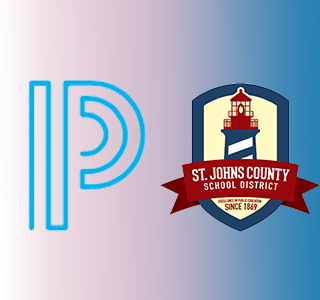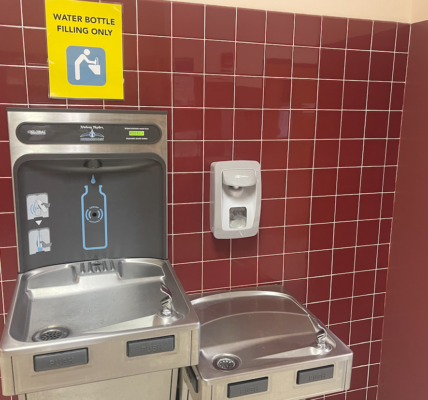By Roberto Lachner
The SAT will be completely digital starting in 2024, according to a recent press release from the College Board. The test will still be administered at schools under the supervision of a proctor, but will now be taken on computers or digital devices instead of with paper and pencil. There will also be some changes to the test itself: a calculator will be allowed on the entire math section, reading passages will be much shorter and have only one question each, and the duration of the entire exam will be decreased from three hours to two hours. The scoring scale will stay the same, however, with each section being out of 800 points.Mr. Cerrato has been the SAT testing coordinator at Ponte Vedra High school for ten years. “You’re gonna have growing pains at first,” he commented in response to the changes announced by CollegeBoard. The changes will be a large adjustment for students who have already been prepping for the soon-to-be old version of the test. He also thinks the changes will decrease the number of proctors, hurting teachers who depend on the extra money (though whether there will be a change in the proctor to student ratio remains to be seen).
You’re gonna have growing pains at first
Mr. Cerrato
The availability of computers for tests is also a concern. “We’re one of the bigger [testing centers] in the area,” said Mr. Cerrato; the school caps out at 300 tests under the current paper system and the waitlist is usually full. The main issue is that, to maintain that level of testing availability with the online format, enough computers must be available, and enough must be connected to ethernet. As a result, students would likely see SAT testing structured in the same way as the school now administers other standardized tests, like the FSA and EOCs, which utilize hardwired desktops and laptops set up in the media center. Unlike these tests, however, there is a window of time in which the SAT must be administered, according to Mr. Cerrato, so “computer errors would be detrimental,” as it would potentially mean that a student can no longer take the SAT during that session if the delay is sufficiently long. According to Mr. Clark, the Technology Support Specialist at PVHS, the school can support an absolute maximum of 320 tests at a time for FSAs, a number that may translate to a future online SAT.
The CollegeBoard’s decision to restructure their staple test likely comes amid a shift in the college application world: many schools are straying away from using standardized tests like the SAT and ACT by adopting ‘test optional’ policies, meaning that students can choose whether or not to submit test scores. Critics of the SAT and ACT point out that the tests discriminate towards lower income students and students of color, who perform notably lower on the test than wealthier and non-minority students. The changes to the SAT will likely “level the playing field” according to Mr. Cerrato, which will be a welcome change to students who struggle on the test, but will “hurt those in the upper realm.”
No matter the reason for the change in format, students at Ponte Vedra High school and all over the nation will have to adjust to the changes. For the current Freshman and Sophomore classes, students may have to take two types of SATs during high school.





